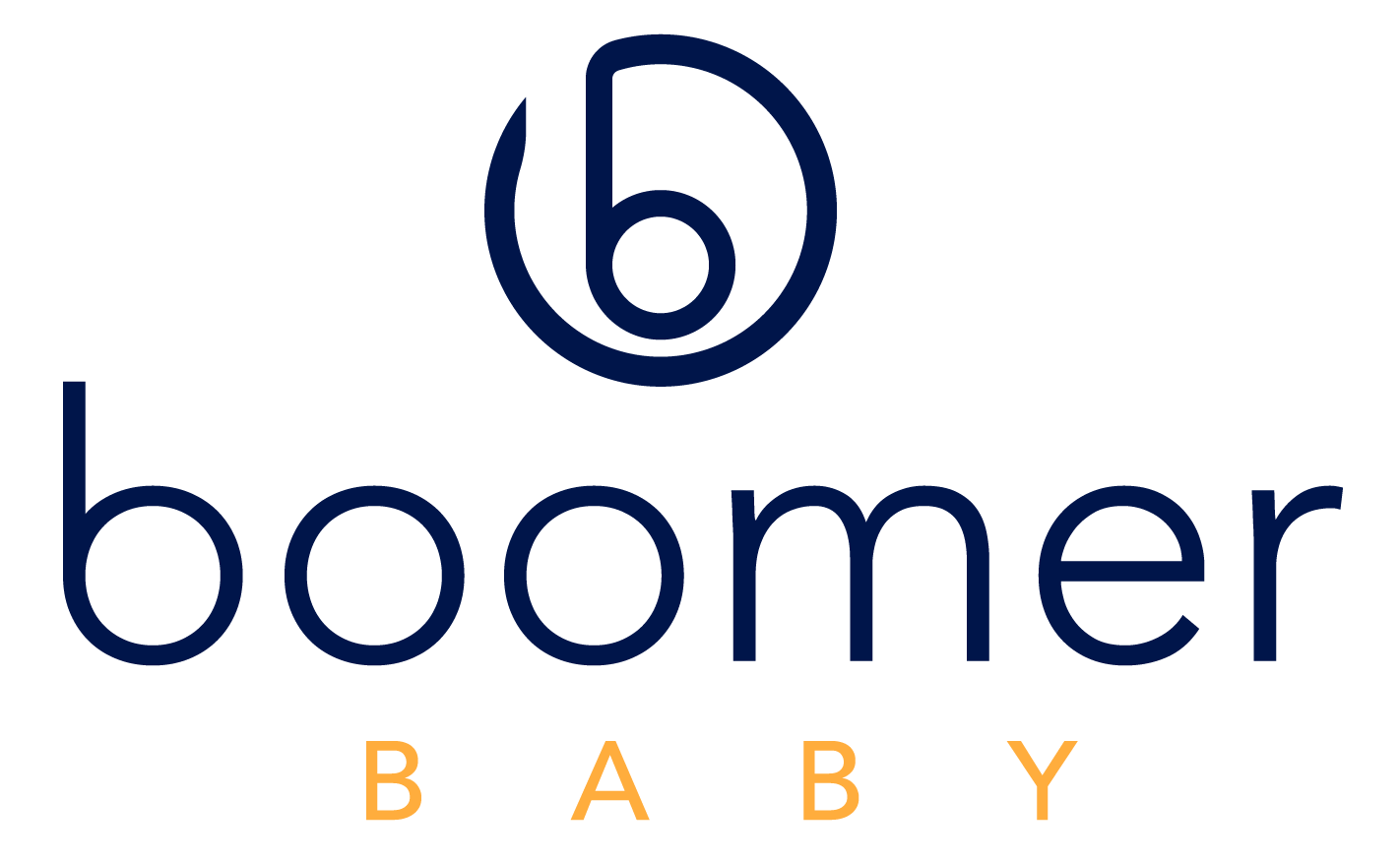
Paying for Medicare: What, when, how, and who do you pay for your Medicare?
Revised on August 28, 2024
One of the most confusing aspects for people new to Medicare, is what you need to pay, how, when and to whom. And the consequences for missed or late premium payments can be serious, like canceled coverage and unexpected medical bills. To help avoid this stressful situation, we have outlined the Medicare premiums you’ll want to monitor and ensure timely payments. Doing so can help you have a smooth transition to Medicare and avoid unwelcome surprises down the road.
We know there is a lot of information to digest and decisions to make when you are new to Medicare. And once you’ve crossed the first milestone of getting signed up for Medicare and your Medicare insurance plan(s), it can be a challenge to remember what, when, how and to whom you need to pay premiums to.
If you are like many of our valued clients, we know it can take a little time to get familiar and organized with how your new coverage works and payments set up accordingly, especially during the first few weeks. This article outlines what, how, when and to whom you need to ensure timely premium payments to stay current on your Medicare coverage. We recommend bookmarking this article so you have it for easy reference in the weeks ahead.
Paying your Part B Premium (and Part A if you do not have premium-free Part A)
For starters, if you receive Social Security (SS) or Railroad Retirement Benefits (RRB) for at least 4 months before being eligible for Medicare and residing in the United States (except residents of Puerto Rico), you’ll be automatically enrolled in premium free Part A and Part B. Part B has a monthly premium and if your income is above certain thresholds, you may be charged IRMAA, which stands for Income Related Monthly Adjustment Amounts. If you receive SS or RRB, your Part B premium and any applicable IRMAA charges should be deducted from your monthly check. If you enroll in a Medicare Advantage or Part D Prescription Drug Plan, you can also elect to have your monthly premium for the plan you choose to be deducted from your monthly check.
If you qualify for Medicaid and have Medicare, you will automatically be enrolled in a Medicare Savings Program (MSP) that pays your Medicare Part B premium. MSPs may also offer additional assistance. In this case, you’ll want to confirm with Social Security that your Part B premiums are being paid.
If you do not receive Medicaid, or Social Security or Railroad Retirement Benefits, you’ll be billed for your Medicare Part B premium, plus any applicable income-related monthly adjustment amounts known as “IRMAA”. Medicare (as in the federal government) will bill you for your Part B premium + any applicable IRMAA charges and they typically send a quarterly bill in the mail. Refer to this article from Medicare “Understanding Your Medicare Premium Bill (CMS-500)” for help understanding your Medicare bill.
Note that there are 4 ways to pay your Medicare premiums, including setting up Medicare Easy Pay to have premiums automatically deducted from your savings or checking account each month. Learn more about the different ways to pay your Medicare Part B premium (and any applicable IRMAA) at https://www.medicare.gov/basics/costs/pay-premiums.
Your Medicare Account
Remember that when you sign up for Medicare, if you are not automatically enrolled, you’ll do that through the Social Security administration (in person at their local office or online at https://www.ssa.gov/medicare/sign-up).
But once your Medicare application is processed, you’ll manage your Medicare benefits through your Medicare account at https://www.medicare.gov/account/login. Once logged in to your Medicare account, you’ll be able to do things like view claims and view and pay your Medicare premiums.
Paying Your Medicare Insurance Premium for the Plans You Choose
Depending on the type of Medicare insurance plan you enroll in, you’ll typically pay your premium(s) directly to the insurance carrier. Most insurance carriers give you the option to pay in different ways, like setting up automatic deductions from a checking or savings account, automatic charge to a credit card, or manual pay each month, quarter or year.
For those enrolled in a Medicare Supplement plan, you’ll pay your premium directly to the carrier. We recommend monitoring your payments to ensure timely payment to avoid plan cancellation.
Medicare Supplement plans must give a grace period of at least 30 days for receipt of payment.
For those enrolled in a Medicare Advantage plan or stand-alone Part D prescription drug plan, you can opt to have your monthly premium (if you have one) deducted from your monthly Social Security check if you receive benefits or pay another way like through automatic payments or manual bill pay.
Medicare Advantage and Part D plans must give a grace period of at least 2 calendar months and can opt to cancel your coverage if payment is not made after the grace period.
